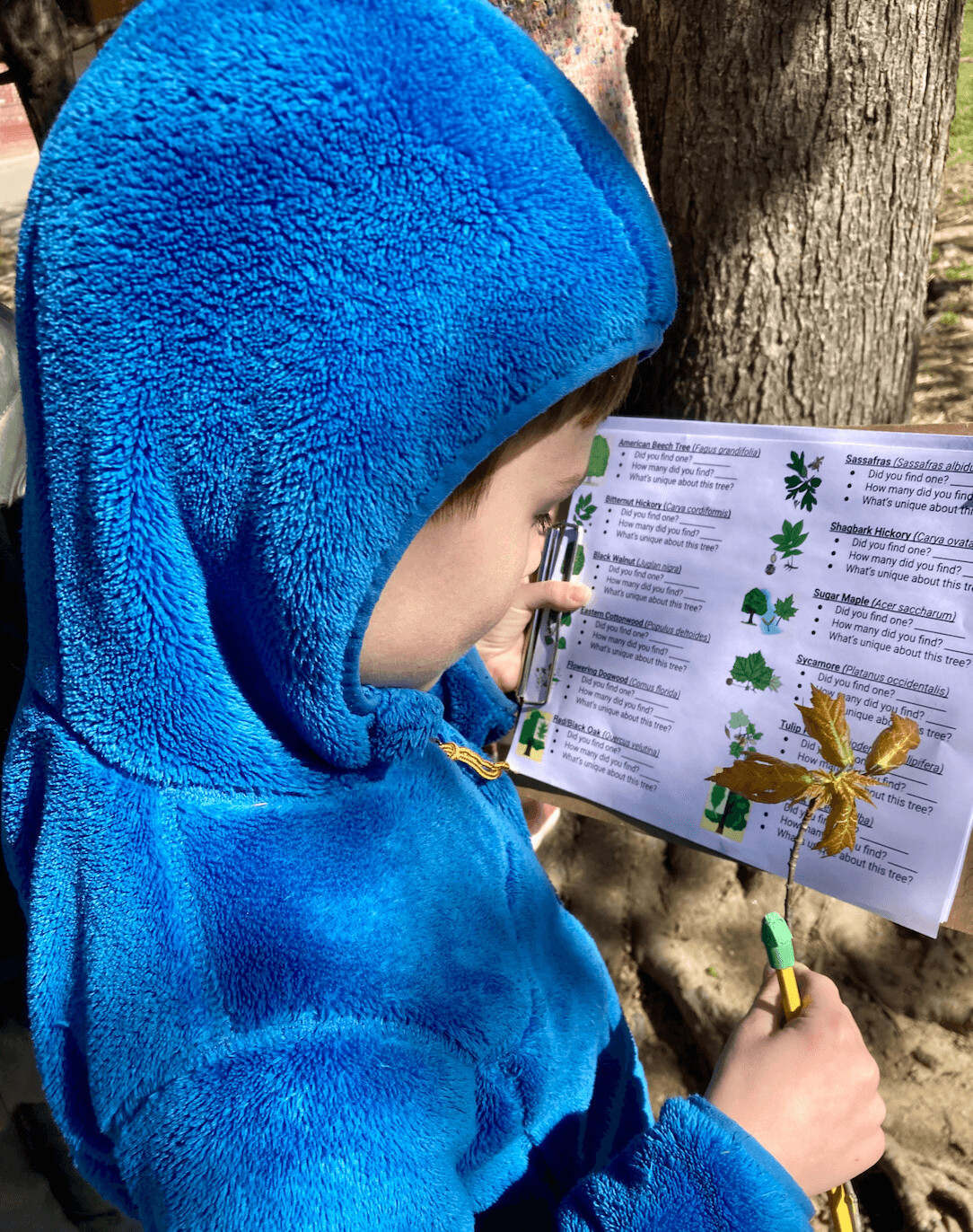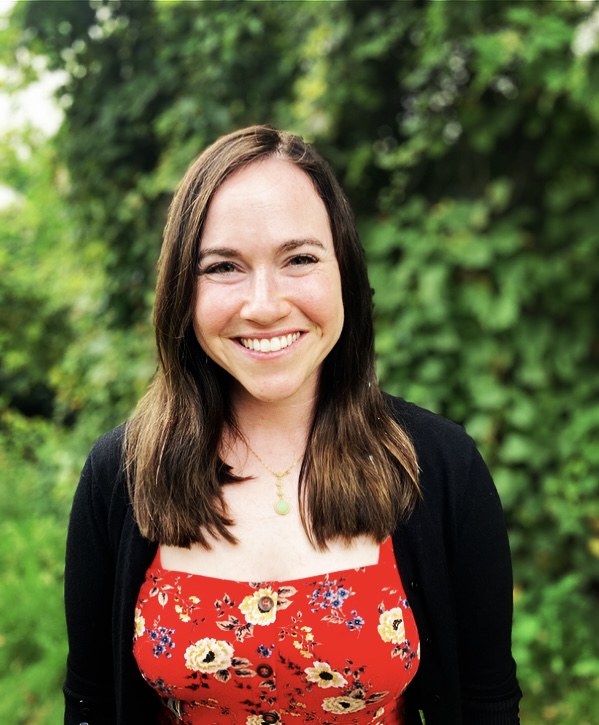We’re excited to introduce you to the always interesting and insightful Rachel Arbor. We hope you’ll enjoy our conversation with Rachel below.
Hi Rachel, thanks for joining us today. Let’s kick things off with a hypothetical question – if it were up to you, what would you change about the school or education system to better prepare students for a more fulfilling life and career?
If I could change one thing about the education system, it would be for schools to integrate interdisciplinary environmental education across all content areas and grade levels. Climate change is one of the only issues that affects every single living organism on this planet. In my experience as an educator, I’ve seen how desperate kids are to understand the causes and effects of climate change, as well as their role in the solution. Climate anxiety runs rampant among today’s students: I’ve heard them express doom, despair, and powerlessness. I remember one of my 6th-graders telling me he was terrified about climate change and guilty because he felt like it was his fault.
If a teacher’s role is to prepare students for the real world, shouldn’t we be helping them solve the climate crisis together? With this question in mind, I became the Director of Environmental Education for a public school district in NY. I started this job in the heart of COVID, when students’ social-emotional needs were heightened, as were their environmental needs from the growing climate crisis. To maximally support my students, I conducted research on them to understand what types of learning experiences would best support them in these needs. I built a nature journaling activity into a unit for my middle schoolers’ English Language Arts class, in which they quietly observed nature and independently journaled for an hour, with standards-based prompts to drive their reflection. I also used pre- and post-surveys to assess the effectiveness of nature journaling in meeting students’ social-emotional-environmental needs. After this single activity, students showed statistically significant decreases in stress, improved moods, as well as increased levels of self valuation and connection to self and nature.
Following the results of my research (published in October, 2024 in the Environmental Education Research journal at https://www.tandfonline.com/doi/full/10.1080/13504622.2024.2405901), I made my focus about connection: connecting students to themselves, to each other, and to nature, so they didn’t feel so helpless or alone in the face of climate change. I wove nature into the learning taking place across all classrooms, regardless of content area. Since then, I’ve witnessed first-hand just how powerful this type of interdisciplinary environmental education is in inspiring students. By my third year as Director of Environmental Education, I was regularly meeting with volunteers from 4th-8th grade during lunch, recess, and after school to coach them in spearheading their own unique civic action projects related to sustainability. Kids were volunteering to have homework! Their action projects ranged from composting to air pollution to fashion consumerism–and everything in between–and were fueled by research, fundraising, and community. Seeing my students step into leadership roles to care for our planet and fight climate change tells me interdisciplinary environmental education is vital in preparing students for a more fulfilling life and career.


Great, appreciate you sharing that with us. Before we ask you to share more of your insights, can you take a moment to introduce yourself and how you got to where you are today to our readers.
I got into this industry because I was inspired by my AP Environmental Science teacher, Bob Oddo at Horace Greeley High School, who helped me understand climate systems as a whole. His teaching and behavior were unconventional: he gave us extra credit for practicing Freeganism; he studied polar bears in Svalbard, at the heart the Arctic Circle. His fearlessness and connection with nature drove me to the same end. I started my career by leading backpacking trips for kids at a science camp in the Rocky Mountains. I studied whale sharks in Baja, California; I partnered with local scientists to conduct research on giant tortoises in the Galapagos. Most importantly, I translated my experiences into the content I taught once I became a formal classroom science teacher. Providing a model and opportunities for kids to connect with nature is, and has always been, the most important part of my job.
My experiences as an educator, researcher, and lifelong learner are the foundation for why I started my company, Gaia Scholastic. Through these experiences, I’ve learned just how vital this interdisciplinary environmental education work is. Environmental literacy helps students transform their climate anxiety into climate action. Simultaneously, there is a growing nationwide movement which mandates climate education be taught in all K-12 classrooms, as seen in New Jersey, Connecticut, Wisconsin, and many other states. Gaia Scholastic supports both informal and formal educational organizations in meeting these statewide educational mandates and weaving standards-driven, interdisciplinary Environmental Education into their work through curated curriculum. We offer Professional Development for teachers to recognize connective tissue between environmental concepts and their own curricula. We serve as public speakers, to help spread awareness and make climate education more accessible. We also help organizations build community events which showcase student voice and civic action, like the first-ever PK-12 Youth Climate Summit in history (https://www.gaiascholastic.com/standards-based-environmental-education/youth-climate-summits).


Let’s talk about resilience next – do you have a story you can share with us?
I started Gaia Scholastic in December, 2023, while I was still a full-time teacher. Within a year, it grew big enough to pursue full-time. This was so exciting! The rapid success told me there was an appetite for climate change education, with funding to back it up. I left my teaching job in December of 2024 to pursue Gaia Scholastic full-time, only to feel immediate whiplash: from the L.A. fires and subsequent forest and park service layoffs; from vital climate education resources, built to be free and accessible, being expunged from public venues; from funding for climate education being either frozen or removed entirely. Each hit made this movement feel like a growing uphill battle.
What makes me feel resilient is being able to witness the myriad of experts I work with continuing to fight for climate education, regardless of setbacks. In addition to Gaia Scholastic, I work as the New York State Lead for SubjectToClimate (https://subjecttoclimate.org/). Not only does our team’s passion and commitment inspire me, our shared mission invigorates me. SubjectToClimate provides free, interdisciplinary climate education resources for K-12 teachers across all content areas. SubjectToClimate curricula is made by teachers, vetted by climate scientists, and built on practices like climate justice and social-emotional learning. SubjectToClimate has helped me find resilience because it continues to charge forward in the climate education arena through innovative practices, founded in community. I work as the New York State Lead because SubjectToClimate launched a NY-specific Hub (https://nyclimateeducation.org/) in September, 2024. The NY Hub offers resources specific to NY state standards, so teachers don’t need to sacrifice teaching time to teach about climate education. Furthermore, NY Hub content focuses on NY-specific ecosystems, to promote place-based learning. My true role is to be a connector: to guide teachers to the wealth of resources and learning opportunities SubjectToClimate has to offer, and to support them in their own climate education journeys. Just like with my own students, this connection has helped me continue my own fight for climate education.
I feel deeply grateful to lean on and learn from the network of passionate climate educators I’m lucky to call my community. Beyond SubjectToClimate, there are a multitude of other wonderful organizations, fighting to make climate education and nature connection a reality for everyone: from National Wildlife Federation’s Climate and Resilience Education Task Force, to Harvard’s Graduate School of Education, Miami University Project Dragonfly, the Boulder Valley School District, Cornell University, the Center for Sustainable Futures through Columbia University’s Teachers College, CFR Education, the American Museum of Natural History, Elmsford Union Free School District, Earth Matters, Public Schools of the Tarrytowns, Earth Force, Touro University, the NJ School of Conservation, Earth Friends, the NYC Office of Energy and Sustainability, Climate Reality, ULSTER and PNW BOCES, and many more. Collaborating with so many good people in these organizations who are doing important work has given me a direct source of hope.


Where do you think you get most of your clients from?
Going to and presenting at conferences has been the best way for Gaia to meet new people and clients. We’re so excited to be presenting at upcoming events at Columbia Teachers College, Cornell University, and Harvard University, and are thrilled to present at upcoming conferences like SXSW and Deeper Learning NY. There’s nothing like the energy of a conference to help connect with people interested in the same work as you!
Contact Info:
- Website: https://bit.ly/gaia-scholastic
- Linkedin: https://www.linkedin.com/company/gaia-scholastic/
- Twitter: https://x.com/Gaia_Scholastic
- Youtube: https://www.youtube.com/@GaiaScholastic


Image Credits
Photo of student handing something to adult in green with surprised face, standing in front of a presentation board with outlet frames: Erin Wik Photography


